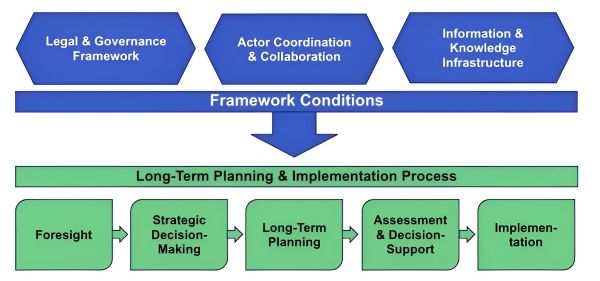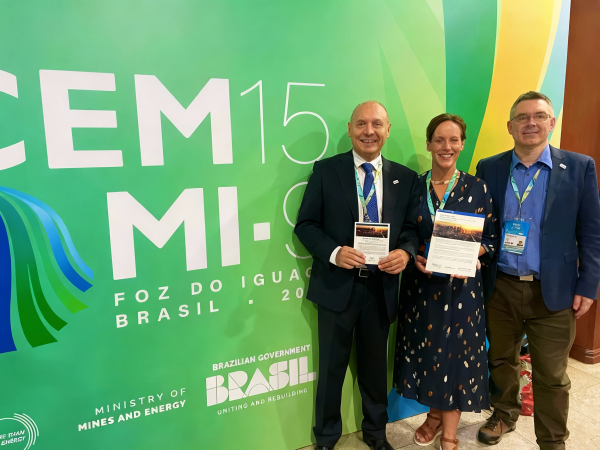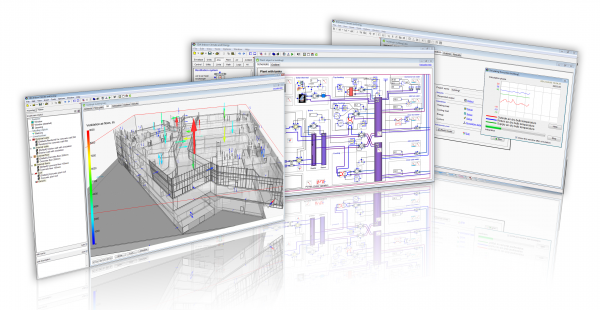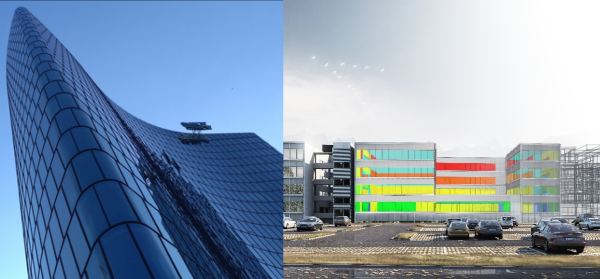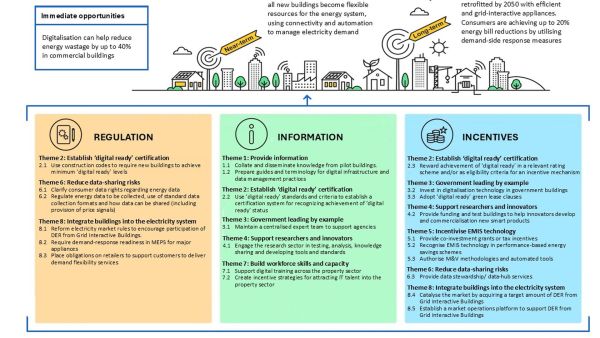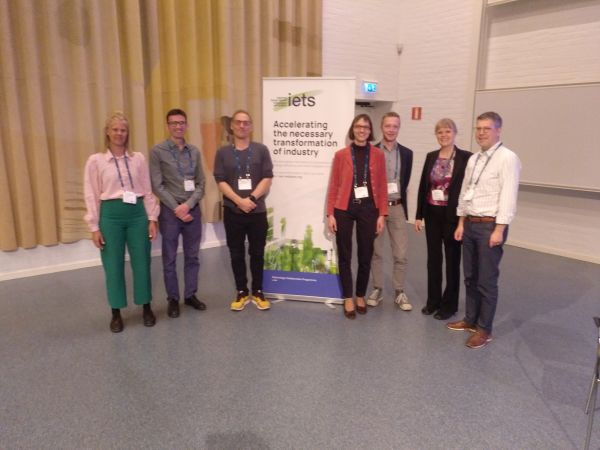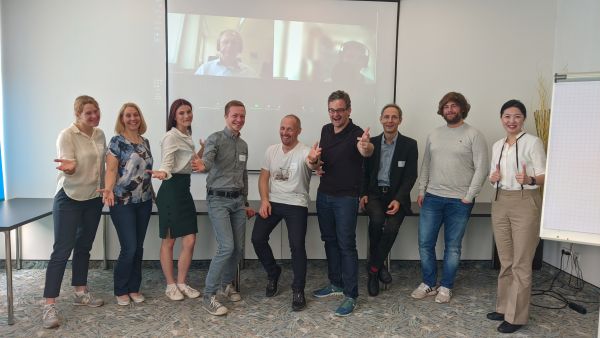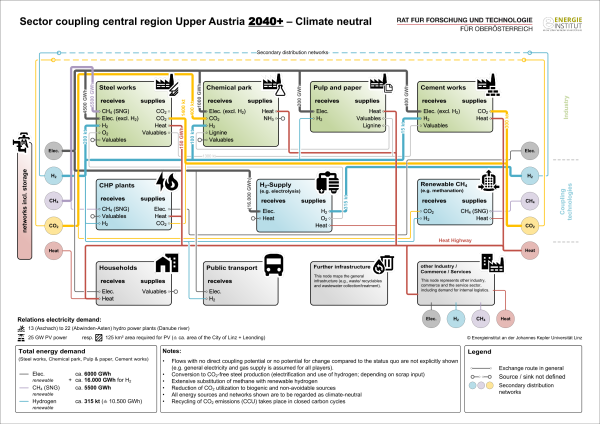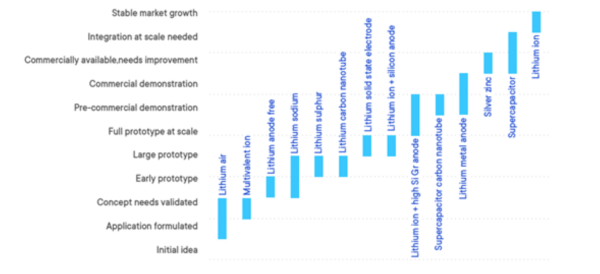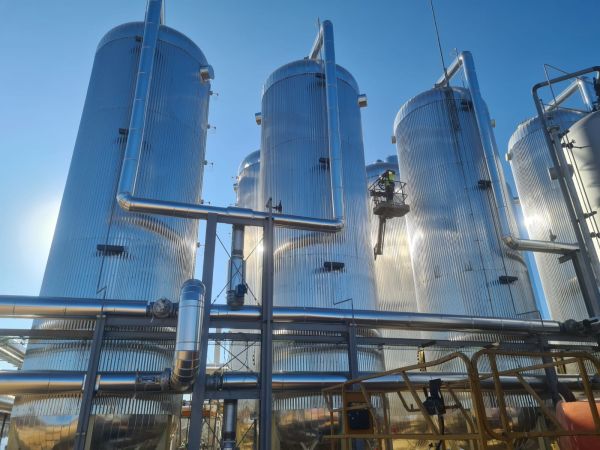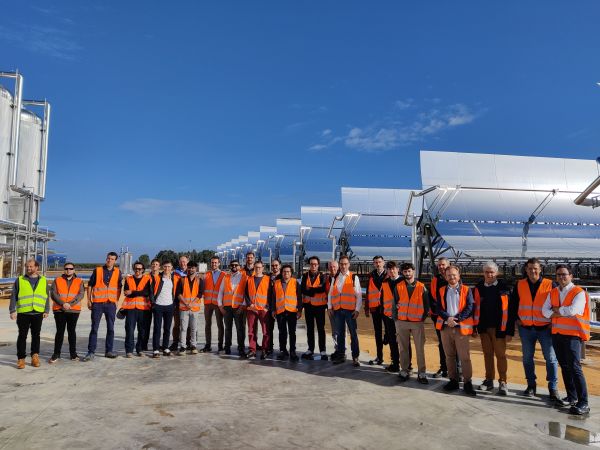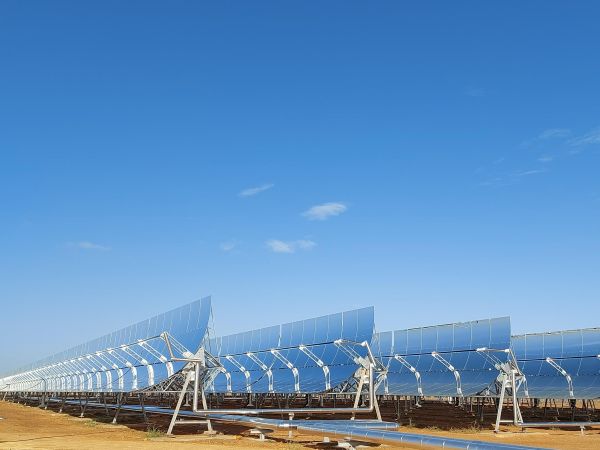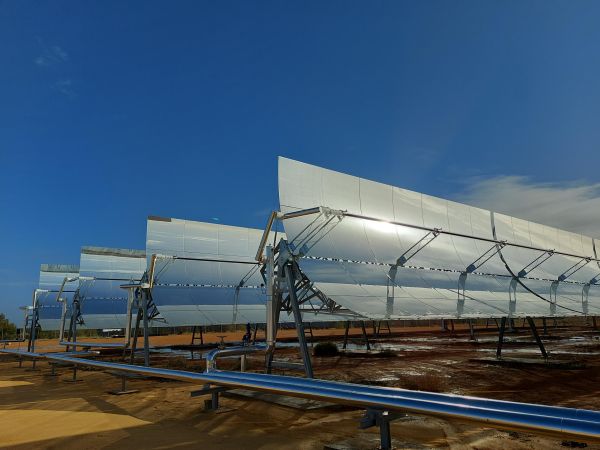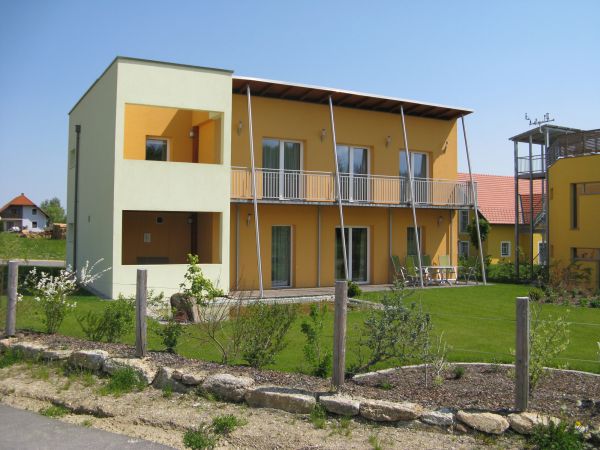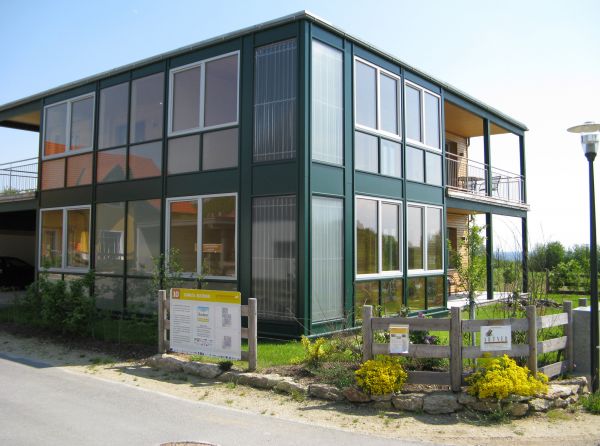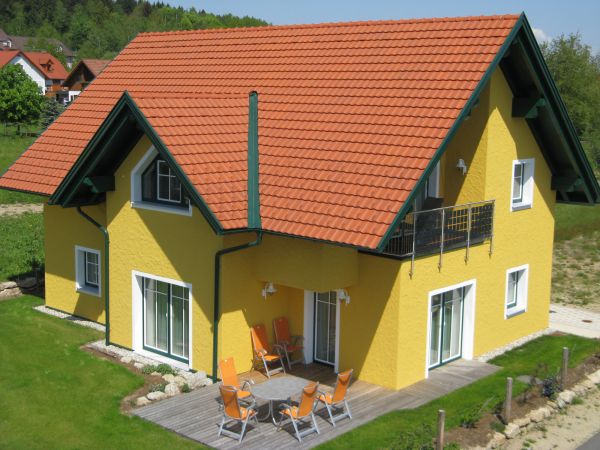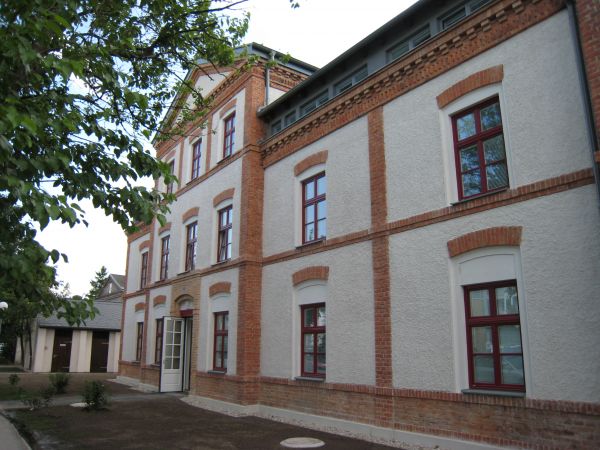Project Image Pool
There are 399 results.
Terms of use: The pictures on this site originate from the projects in the frame of the programmes City of Tomorrow, Building of Tomorrow and the IEA Research Cooperation. They may be used credited for non-commercial purposes under the Creative Commons License Attribution-NonCommercial (CC BY-NC).
Cross-actor collaboration on forward-looking, long-term grid planning
A new structured methodology to facilitate cross-actor collaboration on forward-looking, long-term grid planning, enabling key actors to explore their respective roles and interdependencies, thereby facilitating development of efficient grid planning strategies.
Copyright: ISGAN Lighthouse Project (Helena Lindquist)
Policy Brief 2024
Policy Brief: presentation at CEM15/MI-9
Copyright: Helena Lindquist
Combined building and plant simulation in real time
In a dynamic building simulation, the zones (rooms) are in contact with their surroundings and with the adjacent building components, the people, equipment and objects located in them. In the combined building and plant simulation, the dynamic interaction between building, plant and control is also taken into account. A building and plant simulation, adapted in real time to the actual weather conditions and current measurement data from the building, can help to optimize the control of the building services and thus reduce energy costs and increase user comfort.
Copyright: EQUA
Two Austrian demonstration building digital twin
In recent years, AEE INTEC has completed two projects for the development and initial implementation of a digital twin on real buildings in Austria. This digital twin is a detailed simulation model using IDA ICE software, which is compared in real time with measurement data from a real building. This creates a model that represents the real condition of the building and its building services at any given time. This model can then be used for automated fault detection or to optimize control systems. The aim is to reduce energy consumption and improve user comfort.
Copyright: AEE INTEC / Arrowhead Tools Project
Annex 81 Policy Package
Graphic representation of the policy package of measures developed in Annex 81 to promote Data-Driven Smart Buildings.
Copyright: Stephen White - format adopted from from IEA, 2023 “Energy Efficiency Policy Toolkit 2023”,
Group picture of IETS Task 21 at the IETS Conference 2023
At the IETS conference from May 9-11, 2023 in Gothenburg, the subtasks and activities of IETS Task 21 were presented, and two key note presentations and two elevator pitches on the task were given.
Copyright: Rodin
Gruppenfoto IETS Task 21 Consortium Meeting in Graz
On April 9, 2024, a full-day meeting of IETS Task 21 took place in Graz. The meeting provided a valuable platform for exchanging insights and planning further steps for the successful implementation of the tasks within Task 21.
Copyright: Gahleitner
Graphic illustration of different terms from Zeilerbauer et al. (2024)
Figure from Zeilerbauer et al. (2024) (https://doi.org/10.1080/17583004.2024.2408285), which uses a use case to discuss different terms from the area of Circular Carbon.
Copyright: Zeilerbauer et al. (2024)
Vision of the Energy/Carbon Future of Upper Austria 2040
The figure shows the visualized vision developed by the Energy Institute at the JKU in coordination with the stakeholders, which represents possible energy and resource exchanges in 2040 in annual quantities.
Copyright: Energieinstitut an der Johannes Kepler Universität Linz
Stand of the different baterry technologies (IEA 4E EDNA Task on Batteries).
This graphic shows the state of the art of different battery technologies. 14 types are organized according to their state of development. 10 are lithium-based batteries, the other 4 use various chemistry compositions (Zinc or carbon nano-tubes), or use new concepts to increase their capacity.
Copyright: 4E EDNA
High-temperature storage tanks at 160 °C ensure heat supply at night
The solar process heating plant was built in 2023 by Azteq/Solarlite, is operated by ENGIE Spain and supplies heat to the Heineken Sevilla brewery. In addition to the parabolic trough solar area of 43,000 m² (30 MW thermal output), high-temperature storage tanks (8 x 200 m³) ensure a high solar share of 60-70%.
Copyright: ENGIE Spain
Final meeting of the IEA SHC Task 64 in Seville with a tour of Europe's largest solar process heat plant
The final meeting of the IEA SHC Task 64 took place in Seville. Europe's largest solar process heat plant was visited as part of the meeting. It was built in 2023 by Azteq/Solarlite, is operated by ENGIE Spain and supplies heat to the Heineken Sevilla brewery. In addition to the parabolic trough solar area of 43,000 m² (30 MW thermal output), high-temperature storage tanks (8 x 200 m³) ensure a high solar share of 60-70%.
Copyright: Alan Pino
Solar process heat system for Seville brewery
The solar process heating plant was built in 2023 by Azteq/Solarlite, is operated by ENGIE Spain and supplies heat to the Heineken Sevilla brewery. In addition to the parabolic trough solar area of 43,000 m² (30 MW thermal output), high-temperature storage tanks (8 x 200 m³) ensure a high solar share of 60-70%.
Copyright: Wolfgang Gruber-Glatzl, AEE INTEC
Solar process heat system for Seville brewery
The solar process heating plant was built in 2023 by Azteq/Solarlite, is operated by ENGIE Spain and supplies heat to the Heineken Sevilla brewery. In addition to the parabolic trough solar area of 43,000 m² (30 MW thermal output), high-temperature storage tanks (8 x 200 m³) ensure a high solar share of 60-70%.

